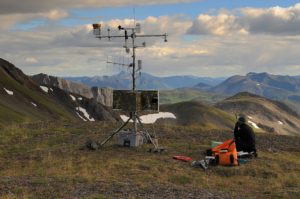
In 2016, the Commission launched an evaluation of the EU Adaptation Strategy (adopted in 2013) to examine the actual implementation and performance of the strategy. As part of the evaluation process, a stakeholder consultation was open from 7 December 2017 to 1 March 2018.
In the response, Euromontana highlighted the need to address the specificities of mountainous areas despite the absence of mountain environments from large environmental treaties such as the Paris Agreement. Euromontana further wished to pin point areas where the Strategy could better target adaptation in mountain regions, which are amongst the first areas to be affected by climate change. This includes national strategies taking into account mountainous regions; for LIFE funding to focus more on ecosystem services, particularly as mountains are biodiversity hotspots across the EU; better research and data on the impacts of climate change on mountainous regions; the improvement of CAP, Cohesion, Tourism, and Sustainable Transport policy for specific mountain concerns; a focus on improving Information and Communication Technologies (ICT) in mountainous areas to decrease their carbon footprint and making it possible to collect information on climate change from the region; and better risk management for such areas.
Euromontana replied to this consultation by providing recommendations for improving the effectiveness of the Strategy in mountain regions. Recommendations were based on the Bragança Declaration, on work done by NEMOR (Network for European Mountain Research) and Euromontana’s response to the 2017 CAP consultation. The evaluation is planned to be completed by the end of 2018.
Read Euromontana’s response to the consultation here
22 March 2018









